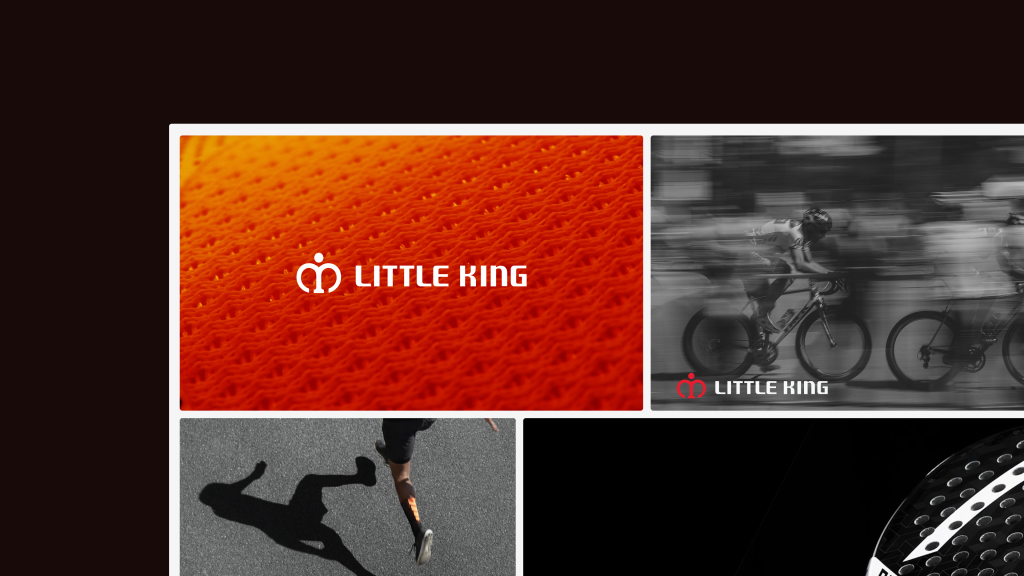In the B2B world, decision-making is often more rational and the buying process more complex. But that doesn’t mean brand visuals are any less important. On the contrary—especially in competitive markets—a well-crafted visual identity can build trust, signal professionalism, and ultimately influence customer choices.
While many B2B companies may believe that product quality and service are all that matter, branding plays a bigger role than many realize. In an age of information overload, your visual presence becomes a shortcut for prospects to assess your credibility, reliability, and attention to detail—often in just a few seconds.
B2B Visual Branding: More Than Good Looks, It’s About Trust and Credibility
Visual identity in B2B isn’t just about making things “look nice.” It’s a strategic tool to communicate trust, expertise, and your company’s values. Your brand visuals—logo, colors, typography, and layout—are the front line of how your brand is perceived. When done right, they can:
- Build trust: Clean, professional design helps convey that your company is detail-oriented and reliable.
- Reinforce expertise: Tailoring your visual identity to your industry signals deep knowledge and leadership.
- Boost recognition: A distinctive brand look helps you stand out and stay top-of-mind in a crowded marketplace.
- Simplify communication: A cohesive visual language makes it easier for prospects to understand your offering.
- Support your sales efforts: High-quality visuals elevate your pitch decks, catalogs, and product sheets—ultimately increasing conversions.
What Makes a B2B Brand Visually Memorable?
Unlike B2C branding, where attention-grabbing design often wins, B2B branding focuses on relevance and clarity. Being “memorable” means aligning with your audience’s expectations and communicating value in a way that resonates within your industry. Here’s how we approach B2B brand design:
1. Understand Industry Visual Norms
Each industry has its own visual language. Finance tends to favor more conservative, trustworthy aesthetics, while tech leans toward minimal, modern designs. Knowing what your audience expects—and where you can differentiate—is key to building brand resonance.
2. Communicate Your Core Values
Your visual identity should reflect what your company stands for—whether it’s innovation, precision, reliability, or speed. Through smart use of color, layout, and graphic elements, you can visually communicate the essence of your brand.
3. Establish a Unified Look Across Touchpoints

Consistency matters. From your website and business cards to trade show booths and sales presentations, your brand visuals should form a seamless experience. That consistency helps increase recognition and strengthens brand perception.
4. Keep Messaging Clear and Straightforward
B2B buyers often don’t have time to decipher overly complex messaging or graphics. Visuals should support clarity, not distract from it. Simplicity helps reduce friction and increases the speed of understanding.
5. Design for Digital-First Environments
Today’s B2B buyers do their research online. That means your visual identity must be optimized for digital touchpoints—from websites to webinars to mobile screens. Ensure responsiveness, readability, and usability across devices.
Visual Branding Is a Business Advantage—Not Just a Design Choice
In B2B, branding is no longer a “nice to have.” It’s a strategic advantage. A well-designed visual identity can:
- Attract high-quality leads: Distinctive and polished design draws attention and builds credibility from the first impression.
- Increase trust and brand loyalty: A consistent visual presence helps clients feel more confident in your stability and professionalism.
- Reduce friction in the sales process: Clear and compelling visuals make your offer easier to understand and explain.
- Boost internal morale: When employees feel proud of the brand they represent, engagement and performance improve.
Take Siemens as an example—a global industrial tech leader. Its visual identity is minimal, confident, and trustworthy. With deep blues and a clean, bold logo, Siemens visually communicates reliability and innovation—perfectly aligned with the expectations of industrial clients.
At Geber Branding Consultancy, we specialize in helping B2B companies craft visual identities that align with their industry, resonate with their audiences, and drive strategic growth. With deep market knowledge and a collaborative approach, we help brands translate their vision into powerful visual strategies.
If you’re ready to elevate your B2B brand and stand out with a visual identity that drives real business results, get in touch with us. Let’s build a brand that inspires confidence—and growth.




